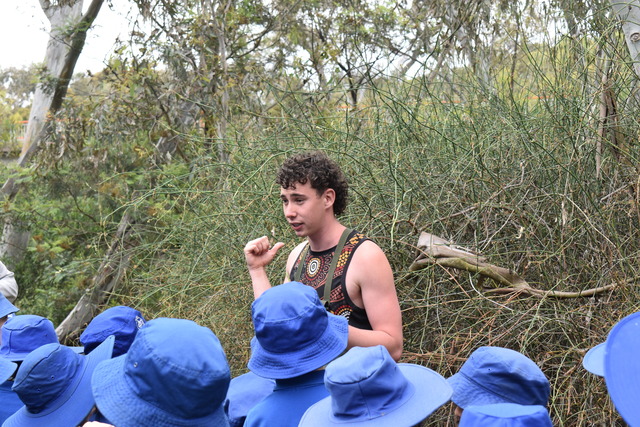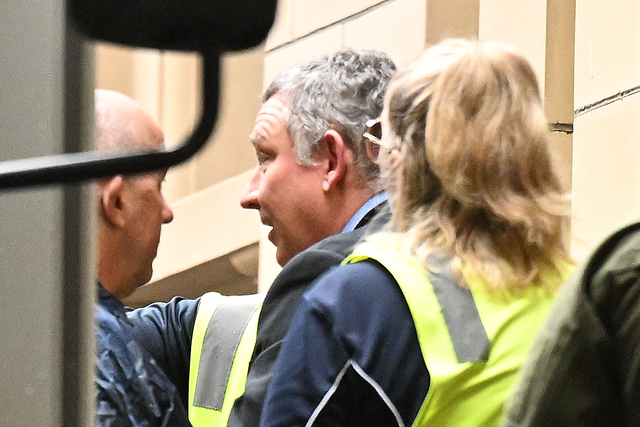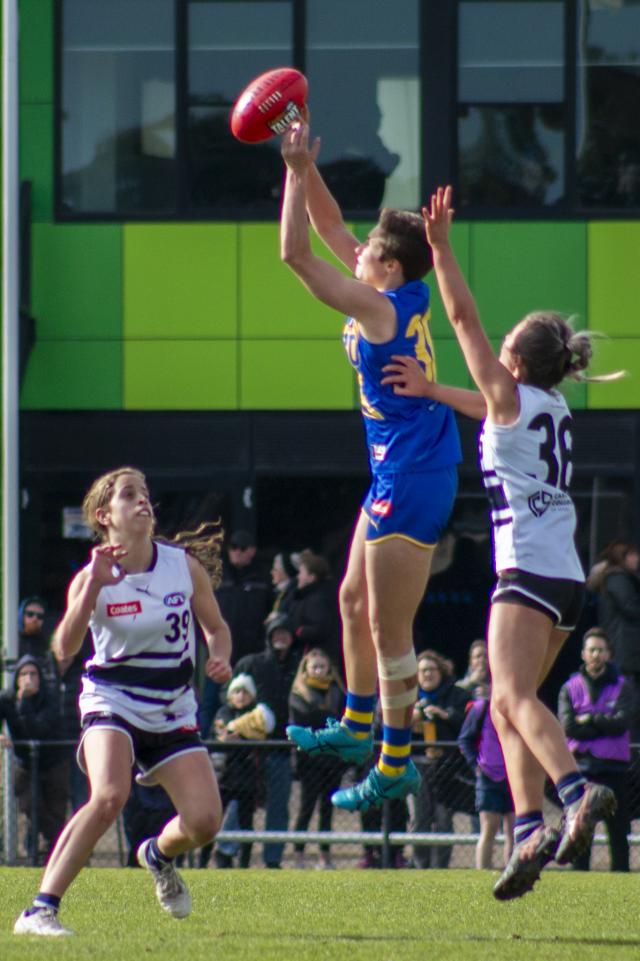THIS year’s autumn was the driest in years, according to Melbourne Water rainfall figures, which also showed significant differences around the western suburbs.
Melbourne Water spokesman Nick McGay said this autumn marked a return to more traditional drier conditions, following exceptionally wet autumns in 2010-11 and 2011-12. Data from Melbourne Water’s network of rain gauges across Melbourne’s west shows autumn was drier than average at almost all suburban locations.
Across Melbourne, water storages at the start of autumn were 75.8 per cent full; they ended the season 70 per cent full.
Mr McGay said the 5.8 per cent fall represented a net loss of 106 billion litres, compared to the long-term average loss of 4.3 per cent in autumn.
In the west, Maribyrnong (111.8mm) and Footscray (110.8mm) had the highest rainfall.
This were followed by St Albans (102.8mm), Keilor (100.4mm) and Flemington (101.2mm); Flemington was 10mm below its long-term average for the season.
Despite the decline, Melbourne’s storages finished the season at their highest end-of-autumn level since 1997, and 5 per cent higher than the same time last year.
“With the catchments already dry from a long, hot summer, the resulting 33 billion litres of streamflow into the reservoirs was 37 percent below the long-term average,” Mr McGay said.
“It was a similar story in the four major catchments (Maroondah, O’Shannassy, Upper Yarra and Thomson) that harvest most of Melbourne’s water.”
Mr McGay said more consistent rainfall was needed over winter and spring to boost storage levels.
He said Melbourne’s total autumn water use for home, business and industry averaged 1121 million litres a day, 13 per cent higher than at the same time last year.
“Last autumn was historically low because the exceptionally wet weather helped reduce water use,” he said.
But June rainfall was 44 per cent above average and added 0.8 percent to storage, bringing the total level to 70.8 per cent.






